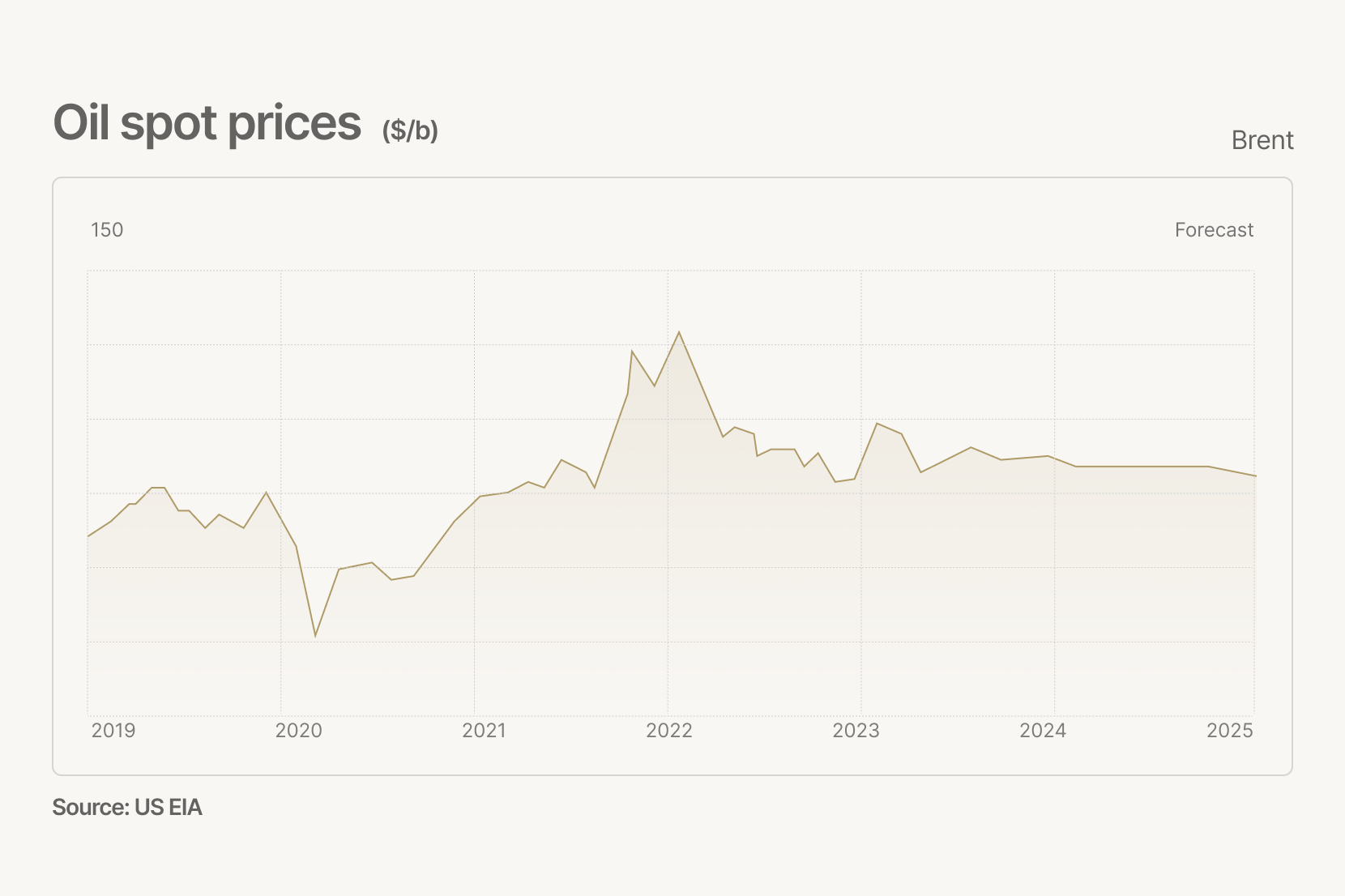Oil prices surged Thursday after OPEC+ announced it would extend its voluntary production cuts through the third quarter of 2025, aiming to balance the global crude market amid lingering supply uncertainties and steady demand growth. The decision by the Organization of the Petroleum Exporting Countries and its allies came during a virtual meeting, where members agreed to maintain output reductions totaling approximately 2 million barrels per day . The cuts were originally scheduled to expire at the end of June but will now continue until at least September.
Supply Tightness Supports Prices
The announcement sent benchmark prices higher, with West Texas Intermediate (WTI) crude climbing $3.15 , or 3.6%, to settle at $91.12 per barrel — its highest level in nearly three months. Brent crude rose similarly, closing at $95.80 per barrel. Analysts say the extended cuts come amid ongoing production challenges in some member countries, including Venezuela, Libya, and Nigeria, where political instability and infrastructure issues continue to hamper output. Meanwhile, non-OPEC producers such as the United States have been increasing shale production, but gains have been incremental, leading to a tighter global supply picture.

Demand Outlook Remains Steady
Global oil demand continues to show resilience, buoyed by sustained economic growth in Asia and a recovering travel sector in North America and Europe. The International Energy Agency (IEA) recently raised its 2025 global oil demand forecast by 0.3 million barrels per day, reflecting stronger industrial activity and transportation needs. However, concerns about economic slowdowns in some regions and the accelerating adoption of electric vehicles (EVs) are moderating longer-term demand expectations.
Market Reaction and Investor Sentiment
The OPEC+ extension alleviated fears of a potential supply glut as the summer driving season approaches in the Northern Hemisphere. Energy stocks rallied in response, with the Energy Select Sector SPDR Fund (XLE) rising 2.7%. Investors remain cautious, however, as geopolitical tensions in the Middle East and evolving U.S. energy policies could impact future supply dynamics. The recent uptick in oil prices ha also sparked concerns about inflationary pressures, especially in energy-importing countries. Looking Ahead OPEC+ ministers will meet again in early September to reassess market conditions and decide whether to adjust production levels further. Market watchers will closely monitor global inventory data, refinery activity, and demand trends, especially as governments promote energy transition initiatives. For now, the extension of production cuts signals the cartel’s commitment to supporting prices and market stability amid a complex and evolving energy landscape.






